In the 1980s, in Akǒ Siêr village (old Buon Ma Thuot city), there was still the long house of the Ama Thuot chief. The long house stretched from near the end of Hung Vuong street to the present-day Nguyen Tat Thanh street, with valuable assets, including a large wooden kpan chair, clearly dated 1840.
The first thing that catches the eye of visitors is the thatched roof (hlang) with two pointed gables protruding from the front and back porch floors. The roof is usually very thick, strong enough to withstand the 6-month continuous rainy season in the Central Highlands for decades. It is thatched by bringing large bundles of thatch onto the roof, the worker will hold each bunch in the palm of his hand, bend the base end and lead it down to the system of bamboo bars tied across the width of the roof. Where there is a leak, people remove the thatch and patch it up, creating different old and new thatch patches on the roof, which is pleasing to the eye. This way of thatching is different from the way of combining thatch into panels and then covering them up like the Central Highlands ethnic groups in general. The entrance to the Ede longhouse is at the two gables. The front door has two staircases, which today are often considered male and female, with 7 steps; the female staircase has two nipples and a crescent moon or a turtle image, symbolizing the matriarchal fertility, placed on the right, the male staircase is placed on the left. The staircase in front of the longhouse is usually only for men and guests; women go up the stairs at the end of the house
In a village, long houses are built along the road to the wharf; each house is built in an East-West direction to catch the sunlight.
An Ede or J'rai stilt house is usually 25 - 50 m long. In normal houses, the column system consists of 8 - 12 large wooden poles (ana) running parallel on both sides of the house. Synchronized with the columns (kmeh sang) are two long rafters (eyong sang) that also run the length of the house. The columns and rafters are tightly joined together with mortise and tenon joints. The skill of the artisans who build houses in the Central Highlands is that they do not use any nails or wire; when there is a place that needs to be tied, they use rattan ropes in a decorative pattern.
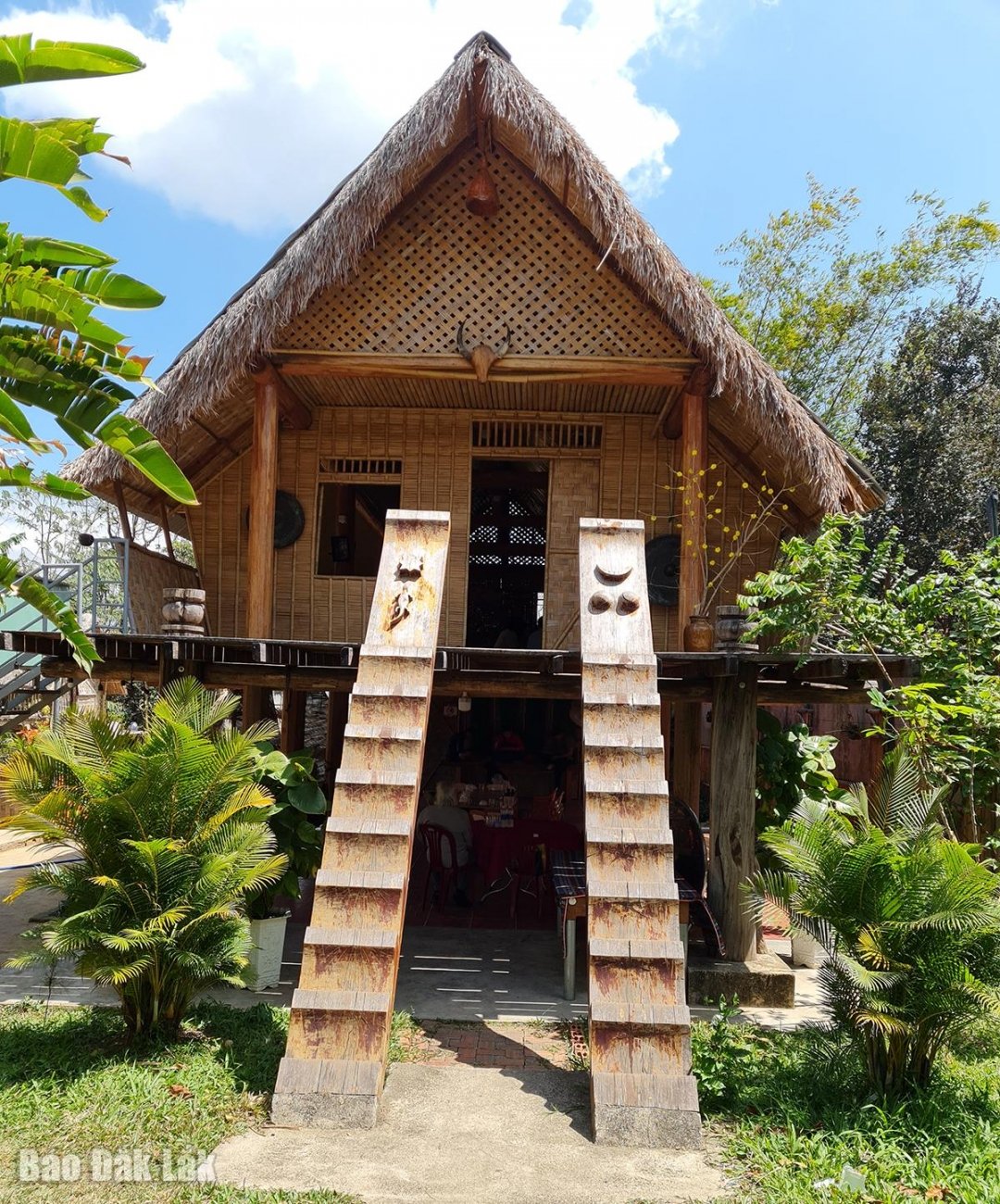 |
| Ede stilt house in Tong Ju village (Ea Kao ward). |
The long house space will be divided into rooms for the daughters' families. The corridors throughout the long house are small family fireplaces. From the back door, on the left is the main fireplace, on the right is where the grandparents or parents sleep. Next is the bedroom of the eldest daughter and then the other daughters. When a daughter gets married, another room will be added to the house so that the new couple can have their own space. Therefore, the house keeps getting longer.
Horizontally, the house is divided into two main rooms: the ding gar room, limited from the kmeh column to the door, has a kpan chair for the gong ensemble to sit and perform on the left, and the wooden bed of the owner (Jhưng) is placed horizontally next to the fire. The guest bed is placed against the wall on the right. The ding ok room is reserved for family activities only, and guests should not enter.
At the gable of the main door, there is a fire pit reserved for guests. When not in use, the fire pit is always kept red hot, so that the fire can be lit up with just a blow when guests come to the house.
When the family has an event, white mats and flowered mats will be spread out in the ding gar room for male guests, and next to the ding ok room are mats for women.
The threshold in front of the main door always has two low pillars, often carved in the shape of a bronze pot or a basket, used to tie elephants or horses of guests. However, the beam at the gable end or the beam separating the ding gar and ding ok is carved with images of animals such as turtles, monitor lizards, squirrels, and crescent moons. The two kmeh pillars are also where artisans can show off their talent, sometimes embossing a large monitor lizard along the length of the pillar, or sometimes a turtle; or maybe black and white drawings.
The Ede longhouse is usually built on a low hill, so it is only about 1 meter above the ground, so livestock is never kept under the floor. Chickens are raised in cages placed on the porch or under the floor. This is different from the J'rai people who share the same Austronesian language family. The J'rai people have the habit of choosing a place to live near rivers (Ayun Pa River, Ba River, Sa Thay River...) so the house pillars are often higher than the Ede house, almost precariously placed on a system of small wooden trees.
The water wharf can be a river wharf, a stream, a water well not too close or too far from the residence (enough for the women to not get tired every day carrying water in black gourds to the long house for daily use). The village or water wharf is often called by the name of the person who found the land to establish the village (Po pin ea, Po elăn) and is passed down from generation to generation through the female line.
Nowadays, the Ede long house is almost gone because over the years there is no longer any forest to get wood to replace damaged pillars or walls, or even no thatch to cover the roof. The roof is gradually replaced from tiles to corrugated iron. Then it is replaced by a brick house. But there are also villages that build stilt houses with sustainable materials such as Jun village (Lien Son Lak commune) and Drao village (Cu Mgar commune).
Fortunately, after 2005, the Central Highlands gongs were recognized by UNESCO as an intangible cultural heritage of humanity. In many villages, people rebuilt stilt houses, such as in Ako Dhong village (Buon Ma Thuot ward)... Although they no longer have the conditions to build long houses like before, the architecture of the Ede stilt houses with their own characteristics is still preserved...
The beauty of Ede long house architecture always stands proud with the sun and wind of the highlands.
Source: https://baodaklak.vn/van-hoa-du-lich-van-hoc-nghe-thuat/202510/chuyen-chua-ke-ve-nha-dai-ede-d481805/




![[Photo] National Assembly Chairman Tran Thanh Man attends the VinFuture 2025 Award Ceremony](/_next/image?url=https%3A%2F%2Fvphoto.vietnam.vn%2Fthumb%2F1200x675%2Fvietnam%2Fresource%2FIMAGE%2F2025%2F12%2F05%2F1764951162416_2628509768338816493-6995-jpg.webp&w=3840&q=75)

![[Photo] 60th Anniversary of the Founding of the Vietnam Association of Photographic Artists](/_next/image?url=https%3A%2F%2Fvphoto.vietnam.vn%2Fthumb%2F1200x675%2Fvietnam%2Fresource%2FIMAGE%2F2025%2F12%2F05%2F1764935864512_a1-bnd-0841-9740-jpg.webp&w=3840&q=75)

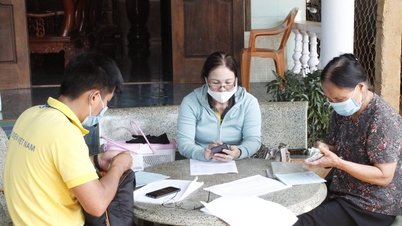

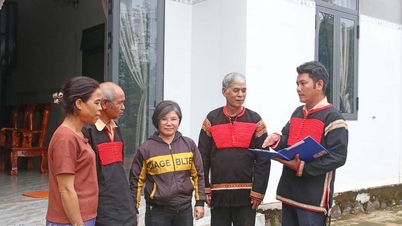
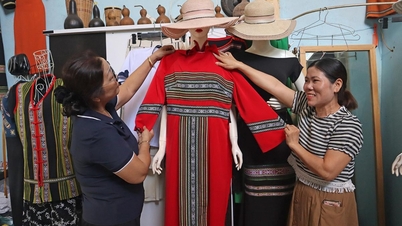

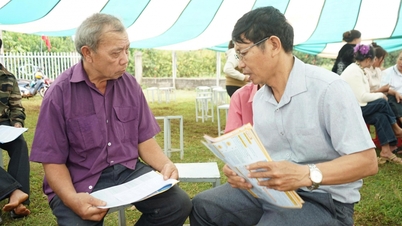


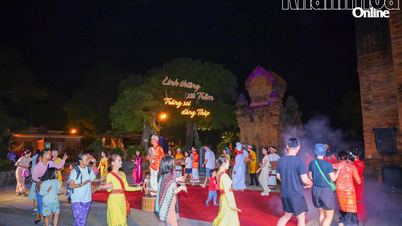

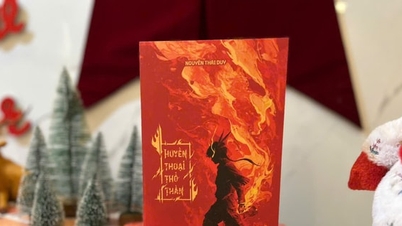



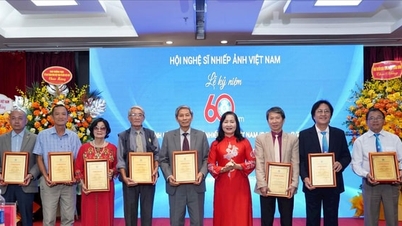








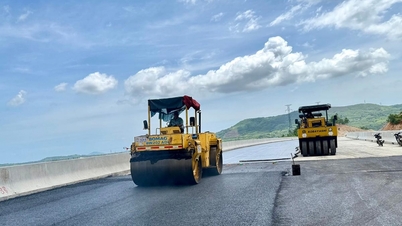
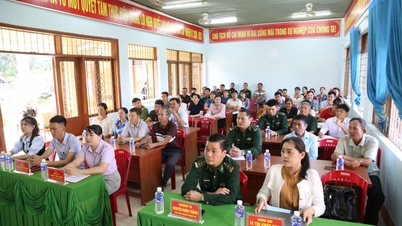



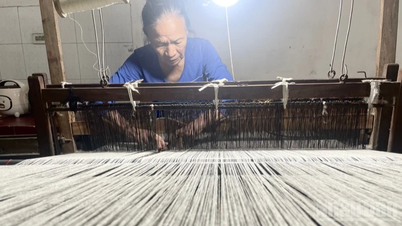

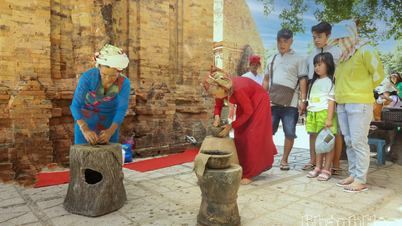
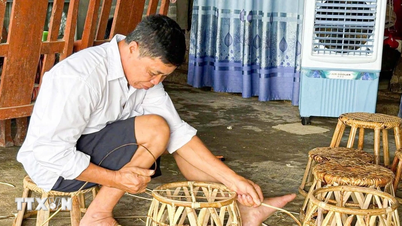

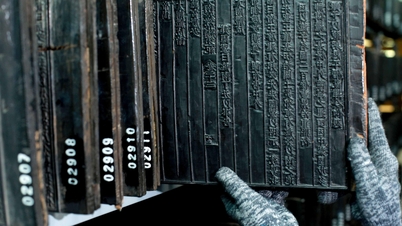











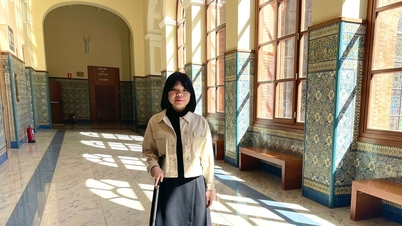



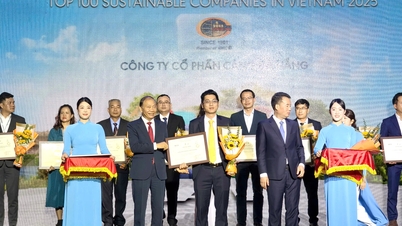
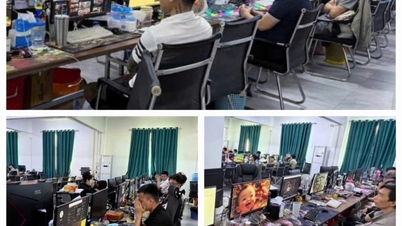














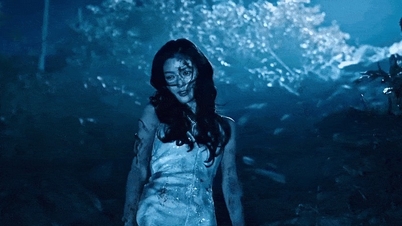






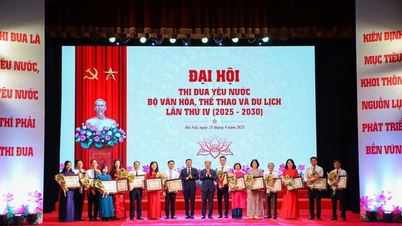



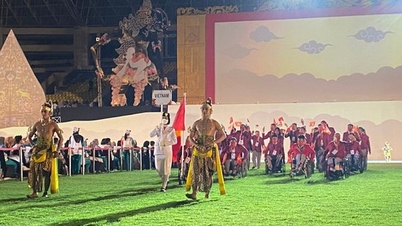
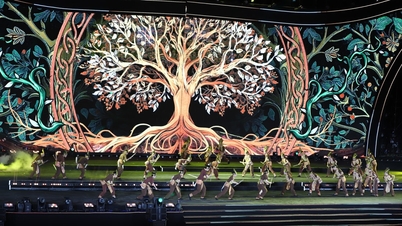

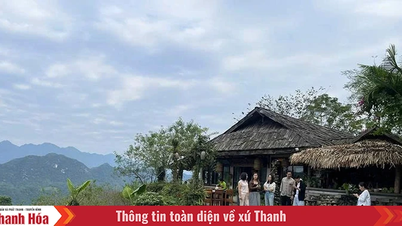
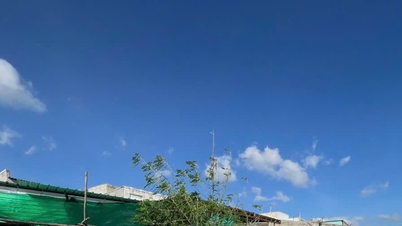
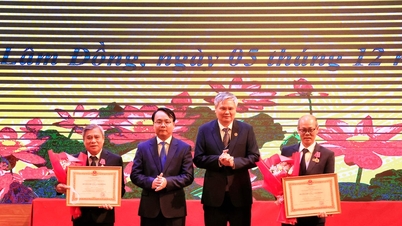
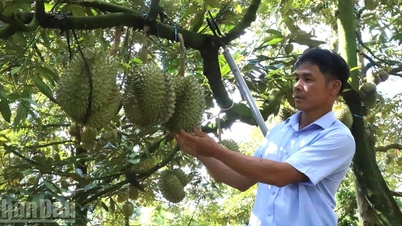
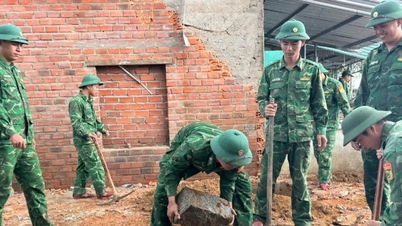










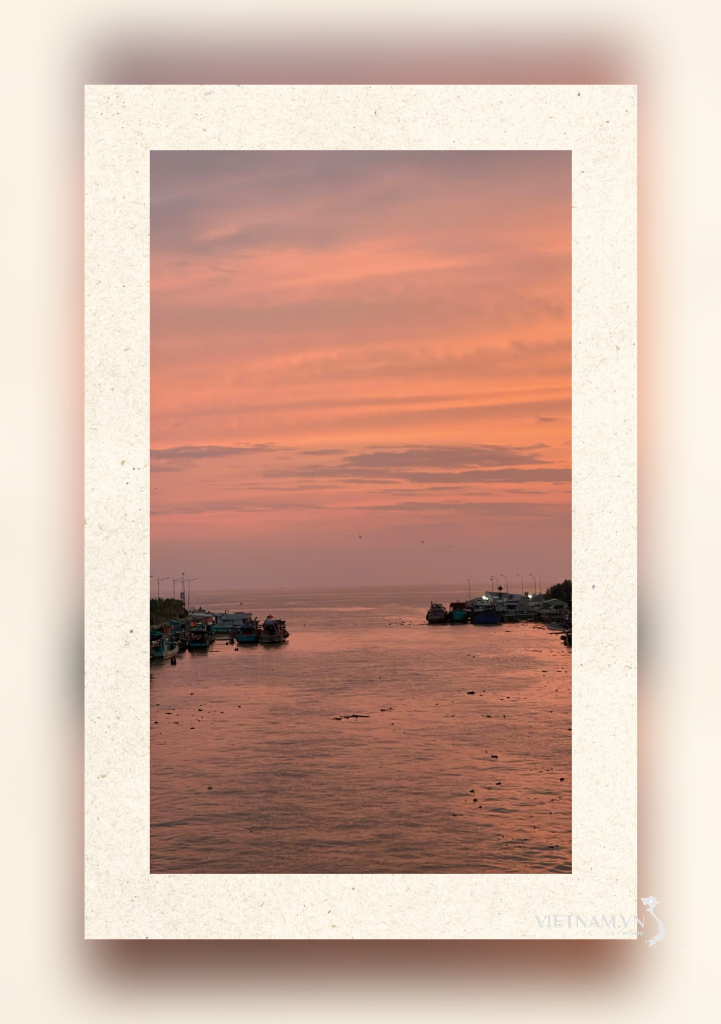





Comment (0)